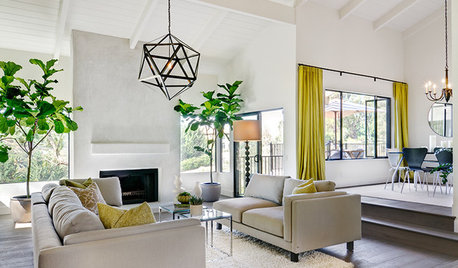dying rhododendrons, help!
sandienc
16 years ago
Related Stories

PETSHow to Help Your Dog Be a Good Neighbor
Good fences certainly help, but be sure to introduce your pup to the neighbors and check in from time to time
Full Story
DISASTER PREP & RECOVERYHow You Can Help After Hurricane Dorian
Here’s where to donate to help victims of the first major Atlantic hurricane of the season
Full Story0

DISASTER PREP & RECOVERYHow You Can Help Flood and Tornado Victims in the Midwest
Here are ways to donate to help victims of the spring floods and tornadoes
Full Story
DECLUTTERINGDownsizing Help: How to Edit Your Belongings
Learn what to take and what to toss if you're moving to a smaller home
Full Story
MOST POPULAR7 Ways to Design Your Kitchen to Help You Lose Weight
In his new book, Slim by Design, eating-behavior expert Brian Wansink shows us how to get our kitchens working better
Full Story
MOST POPULAR9 Real Ways You Can Help After a House Fire
Suggestions from someone who lost her home to fire — and experienced the staggering generosity of community
Full Story
ORGANIZINGHelp for Whittling Down the Photo Pile
Consider these 6 points your personal pare-down assistant, making organizing your photo collection easier
Full Story
DECLUTTERINGDecluttering Help: What to Do When Nothing ‘Sparks Joy’
If the Marie Kondo phrase doesn’t help you decide what to keep and what to discard, try asking these 4 questions
Full Story
GREEN DECORATING8 Questions to Help You See Through Green Hype
With the ecofriendly bandwagon picking up some dubious passengers, here's how to tell truly green products and services from the imposters
Full Story
HOUSEKEEPINGWhen You Need Real Housekeeping Help
Which is scarier, Lifetime's 'Devious Maids' show or that area behind the toilet? If the toilet wins, you'll need these tips
Full StorySponsored






sandiencOriginal Author
rhodyman
Related Professionals
Carlisle Landscape Architects & Landscape Designers · Ballwin Landscape Architects & Landscape Designers · Lakewood Landscape Architects & Landscape Designers · Willowick Landscape Architects & Landscape Designers · Edmond Landscape Contractors · Goodyear Landscape Contractors · Chesapeake Ranch Estates Landscape Contractors · Hampton Bays Landscape Contractors · Homewood Landscape Contractors · Mastic Beach Landscape Contractors · Northbridge Landscape Contractors · Paramus Landscape Contractors · Seminole Landscape Contractors · Whittier Landscape Contractors · Camp Springs Landscape Contractorsmorz8 - Washington Coast
sandiencOriginal Author